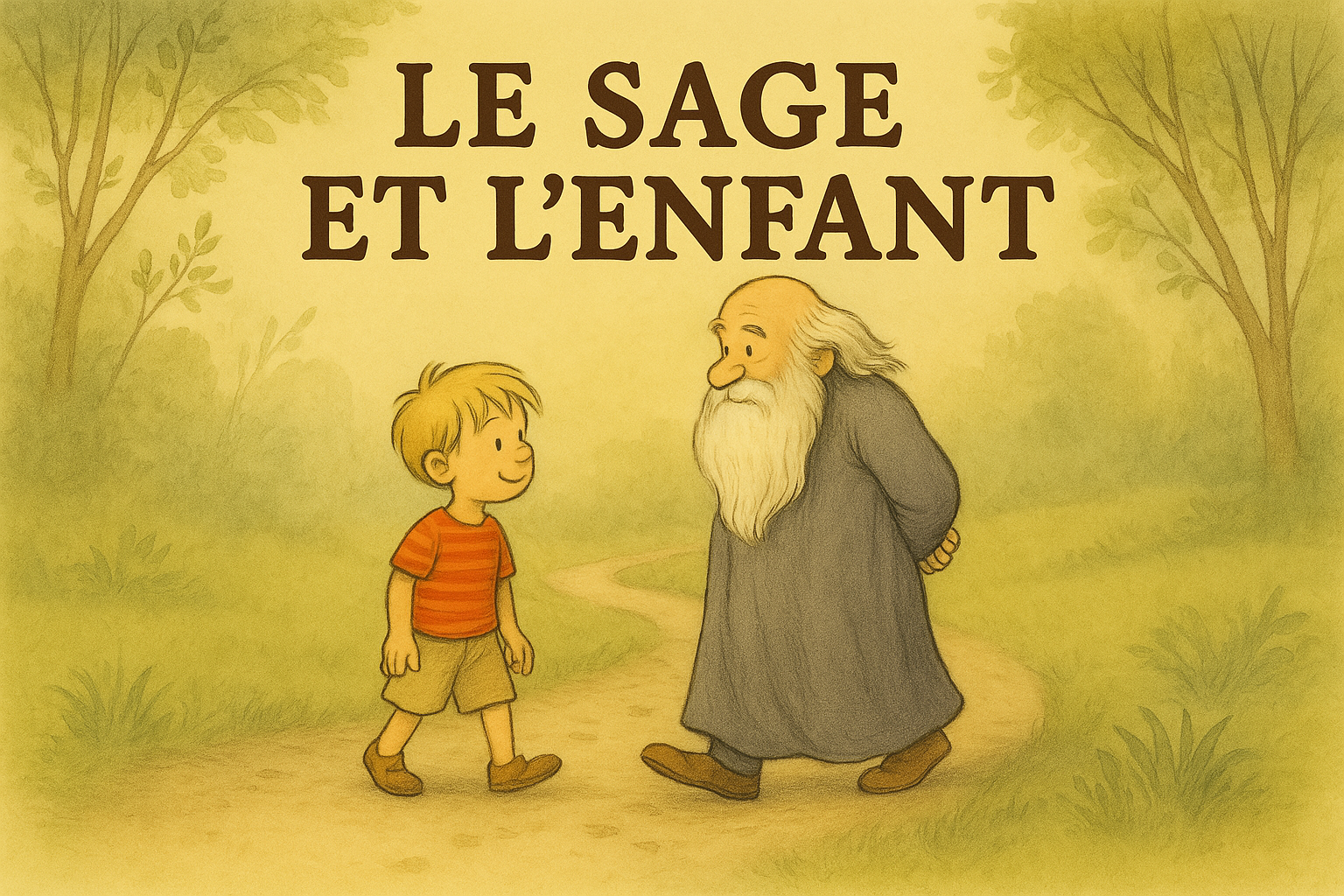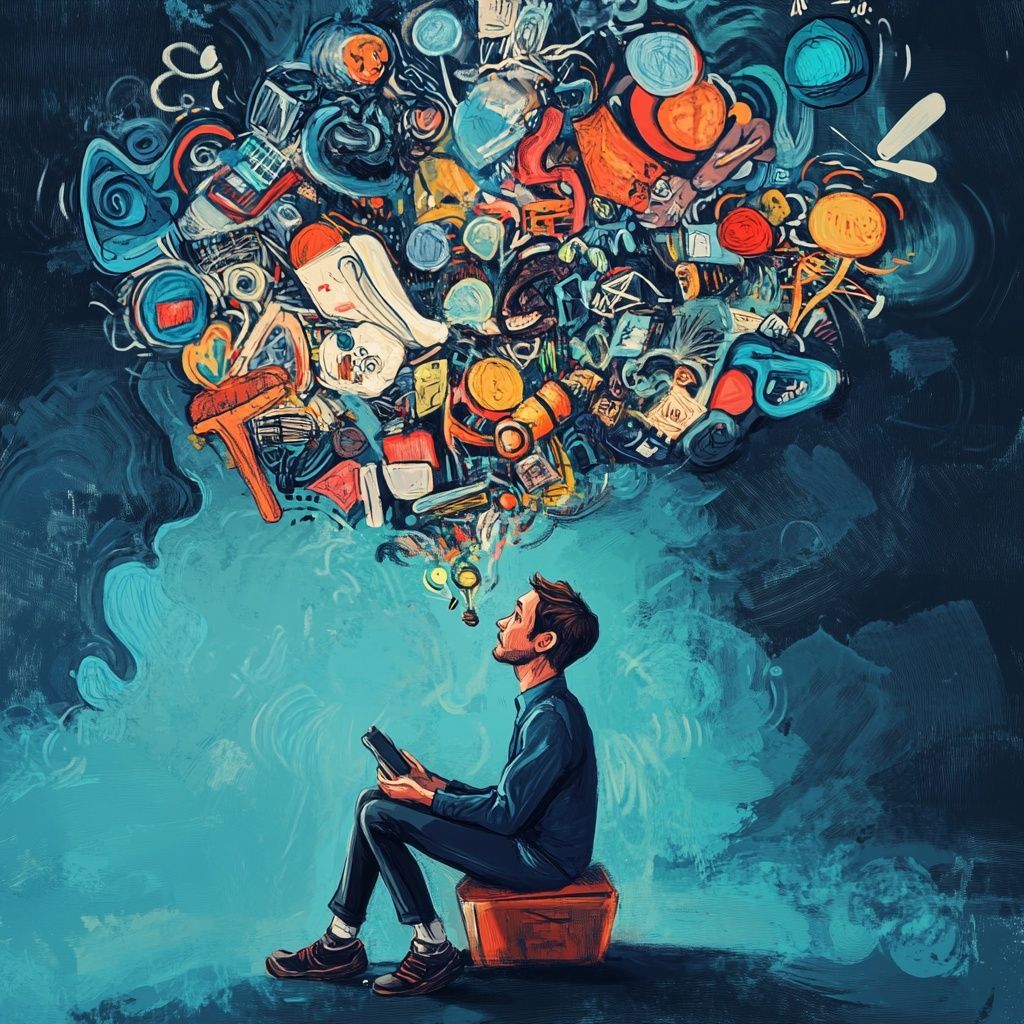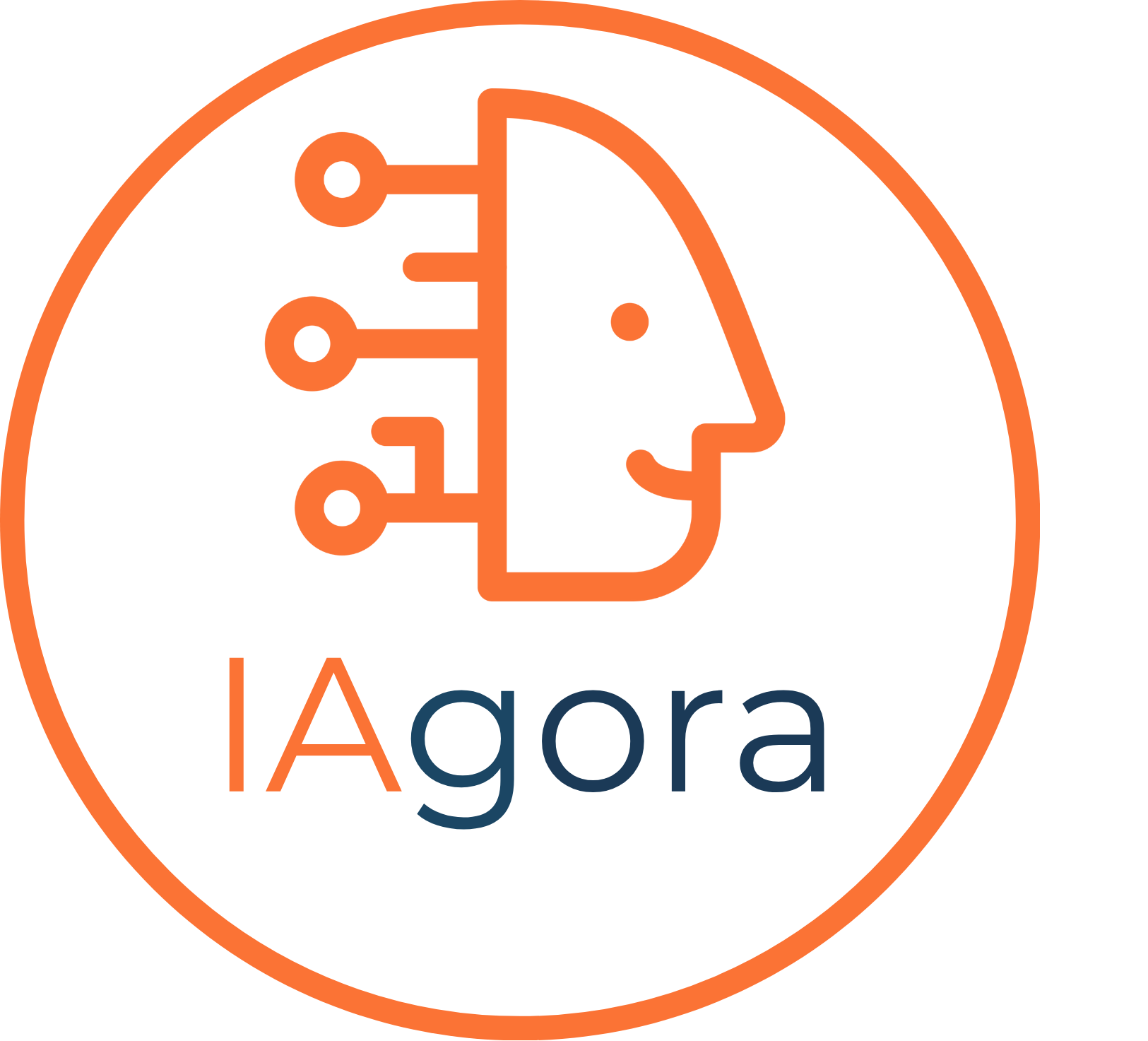RESONANCE AS A GENERAL THEORY OF LOVE
Jean Thiriet • 30 septembre 2019
RESONANCE AS A GENERAL THEORY OF LOVE

As an SFM2 Certified Trainer, I know that Resonance is at the core of Generative Collaboration. That's why i have chosen to share with you some highlights from the book A General Theory of Love by Thomas Lewis, Fari Amini and Richard Lannon. Seeing Theory and Love in the same title caught my attention because it invoked two aspects I'd love to bridge together in my own practice. As they say in the book, it is where "[t]he thoughts of researchers and empiricists join those of poets, philosophers, and kings."
This is an area where being connected to my heart and my brain as a professional makes total sense and also where I seem to have the most difficulties. It sometimes feels more like an Either/Or than a Both/And proposition - especially when I read that "[i]n this book, we demonstrate that where intellect and emotion clash, the heart often has the greater wisdom." Deep down, I know that building this bridge inside me is the key to unlocking "the healing force of communal connection." The book reminds me of Ken Wilber's integral model with inside/outside-Indivudal/Collective perspectives. I like that the authors try to bridge these together: "Within that place of radiant intersection, love begins to reveal itself." I am also reminded of MacLean's triune brain model as a metaphor for this intersection.
But "[t]o understand love we must start with the feelings" and our emotions. They have a survival purpose, "their facial expressions are identical all over the globe." These are a "universal language of humanity" and we share them with all mammals: if "an animal looks frightened (shows the facial expression of fear) and acts frightened (demonstrates the behaviors of fear, such as freezing, trembling, fleeing), then many reasonable people, including sober scientists, will conclude that it feels frightened" (which makes total sense for me). So we share a common neural architecture through which emotions move like musical notes that vibrate through the network: "[w]here an emotion is a single note, clearly struck, hanging for a moment in the still air, a mood is the extended, nearly inaudible echo that follows."
This is where the limbic brain comes into play, along with its rules: "the purpose of the limbic brain was to monitor the external world and the internal bodily environment, and to orchestrate their congruence." The congruence is between inside and outside, where emotionality is a "social sense organ." The limbic brain does not just sense our own inner states but also those of other animals that are emotionally responsive. We have a key capability named "limbic resonance:" "a symphony of mutual exchange and internal adaptation whereby two mammals become attuned to each other’s inner states," which is also the mechanism for communal connection. It seems as if this ability to connect is primarily conditioned by our first human interactions/bonds. Human contact - gestures and gladness of countenance - ”rank with food and water as a physiologic need;" to the point that "the kind of mother a baby has predicts his emotional traits in later life." And it’s not just about being held all the time. It is about that secure attachment resulting "when a child was hugged when he wanted to be hugged and put down when he wanted to be put down. When he was hungry, his mother knew it and fed him; when he began to tire, his mother felt it and eased his transition into sleep by tucking him into his bassinet." We are relational beings, and it is literally a matter of life and death.
It is also a body experience, a bodily connection, "a synchronizing exchange called limbic regulation," meaning that "[a] second person transmits regulatory information that can alter hormone levels, cardiovascular function, sleep rhythms, immune function, and more — inside the body of the first." It is a reciprocal process to the point that "[s]tability means finding people who regulate you well and staying near them."
This is where I got hooked by the book! As a coach, a trainer, a father, a lover, I became aware, in a more scientific way, of how my emotional state, my limbic resonance, was also a limbic regulator. It became obvious that the practice of Emotional Intelligence was at the core of every helping profession and gave even more depth to our discipline of COACH State. Of course, I already knew this at some level, but now it was totally making sense. What also made sense and resonated with my own personal history, was that "[l]imbic regulation makes expulsion from the company of others the cruelest punishment human beings can devise," making sense of my rejection wound.
So our first attachments create the root of secure and/or insecure attachment in the future and are a function of memory. It is not explicit memory (the kind responsible for my own linear story), but rather implicit memory, because emotional learning happens implicitly. This is a misconception I can relate to, because I thought that psychoanalysis involved telling your story one more time to get rid of it, whereas it seems to be more about implicit memory: "Exposure to a style of relatedness imprints a person with its grammar and syntax" which are then replayed during psychoanalysis. This totally makes sense regarding transference and counter-transference. What is deeply wounded and also where the healing takes place in a helping relationship is the imprint I’m projecting towards my helper.
In the helping relationship, we take into account this neural wiring, and through the quality of the relationship we build with our supervisee, we aim to alter these structures: "As subtle changes accrue, experience rewires the microscopic structure of the brain — transforming us from who we were into who we are." We know both that sympathetic reverberation takes place - "[w]hen an emotional chord is struck, it stirs to life past memories of the same feeling ('Attractors')" - and that new experiences blur the outlines of older neural networks. Note to self: "When a limbic connection has established a neural pattern, it takes a limbic connection to revise it."
In conclusion: "Knowing someone is the first goal of therapy. Modulating emotionality — whether by relatedness or psychopharmacology or both — is the second. Therapy’s last and most ambitious aim is revising the neural code that directs an emotional life." This is probably why, as Generative Practitioners, we use multiple intelligences and the quality of our states and relationships to foster the change people want to see in their lives.
This is an area where being connected to my heart and my brain as a professional makes total sense and also where I seem to have the most difficulties. It sometimes feels more like an Either/Or than a Both/And proposition - especially when I read that "[i]n this book, we demonstrate that where intellect and emotion clash, the heart often has the greater wisdom." Deep down, I know that building this bridge inside me is the key to unlocking "the healing force of communal connection." The book reminds me of Ken Wilber's integral model with inside/outside-Indivudal/Collective perspectives. I like that the authors try to bridge these together: "Within that place of radiant intersection, love begins to reveal itself." I am also reminded of MacLean's triune brain model as a metaphor for this intersection.
But "[t]o understand love we must start with the feelings" and our emotions. They have a survival purpose, "their facial expressions are identical all over the globe." These are a "universal language of humanity" and we share them with all mammals: if "an animal looks frightened (shows the facial expression of fear) and acts frightened (demonstrates the behaviors of fear, such as freezing, trembling, fleeing), then many reasonable people, including sober scientists, will conclude that it feels frightened" (which makes total sense for me). So we share a common neural architecture through which emotions move like musical notes that vibrate through the network: "[w]here an emotion is a single note, clearly struck, hanging for a moment in the still air, a mood is the extended, nearly inaudible echo that follows."
This is where the limbic brain comes into play, along with its rules: "the purpose of the limbic brain was to monitor the external world and the internal bodily environment, and to orchestrate their congruence." The congruence is between inside and outside, where emotionality is a "social sense organ." The limbic brain does not just sense our own inner states but also those of other animals that are emotionally responsive. We have a key capability named "limbic resonance:" "a symphony of mutual exchange and internal adaptation whereby two mammals become attuned to each other’s inner states," which is also the mechanism for communal connection. It seems as if this ability to connect is primarily conditioned by our first human interactions/bonds. Human contact - gestures and gladness of countenance - ”rank with food and water as a physiologic need;" to the point that "the kind of mother a baby has predicts his emotional traits in later life." And it’s not just about being held all the time. It is about that secure attachment resulting "when a child was hugged when he wanted to be hugged and put down when he wanted to be put down. When he was hungry, his mother knew it and fed him; when he began to tire, his mother felt it and eased his transition into sleep by tucking him into his bassinet." We are relational beings, and it is literally a matter of life and death.
It is also a body experience, a bodily connection, "a synchronizing exchange called limbic regulation," meaning that "[a] second person transmits regulatory information that can alter hormone levels, cardiovascular function, sleep rhythms, immune function, and more — inside the body of the first." It is a reciprocal process to the point that "[s]tability means finding people who regulate you well and staying near them."
This is where I got hooked by the book! As a coach, a trainer, a father, a lover, I became aware, in a more scientific way, of how my emotional state, my limbic resonance, was also a limbic regulator. It became obvious that the practice of Emotional Intelligence was at the core of every helping profession and gave even more depth to our discipline of COACH State. Of course, I already knew this at some level, but now it was totally making sense. What also made sense and resonated with my own personal history, was that "[l]imbic regulation makes expulsion from the company of others the cruelest punishment human beings can devise," making sense of my rejection wound.
So our first attachments create the root of secure and/or insecure attachment in the future and are a function of memory. It is not explicit memory (the kind responsible for my own linear story), but rather implicit memory, because emotional learning happens implicitly. This is a misconception I can relate to, because I thought that psychoanalysis involved telling your story one more time to get rid of it, whereas it seems to be more about implicit memory: "Exposure to a style of relatedness imprints a person with its grammar and syntax" which are then replayed during psychoanalysis. This totally makes sense regarding transference and counter-transference. What is deeply wounded and also where the healing takes place in a helping relationship is the imprint I’m projecting towards my helper.
In the helping relationship, we take into account this neural wiring, and through the quality of the relationship we build with our supervisee, we aim to alter these structures: "As subtle changes accrue, experience rewires the microscopic structure of the brain — transforming us from who we were into who we are." We know both that sympathetic reverberation takes place - "[w]hen an emotional chord is struck, it stirs to life past memories of the same feeling ('Attractors')" - and that new experiences blur the outlines of older neural networks. Note to self: "When a limbic connection has established a neural pattern, it takes a limbic connection to revise it."
In conclusion: "Knowing someone is the first goal of therapy. Modulating emotionality — whether by relatedness or psychopharmacology or both — is the second. Therapy’s last and most ambitious aim is revising the neural code that directs an emotional life." This is probably why, as Generative Practitioners, we use multiple intelligences and the quality of our states and relationships to foster the change people want to see in their lives.














